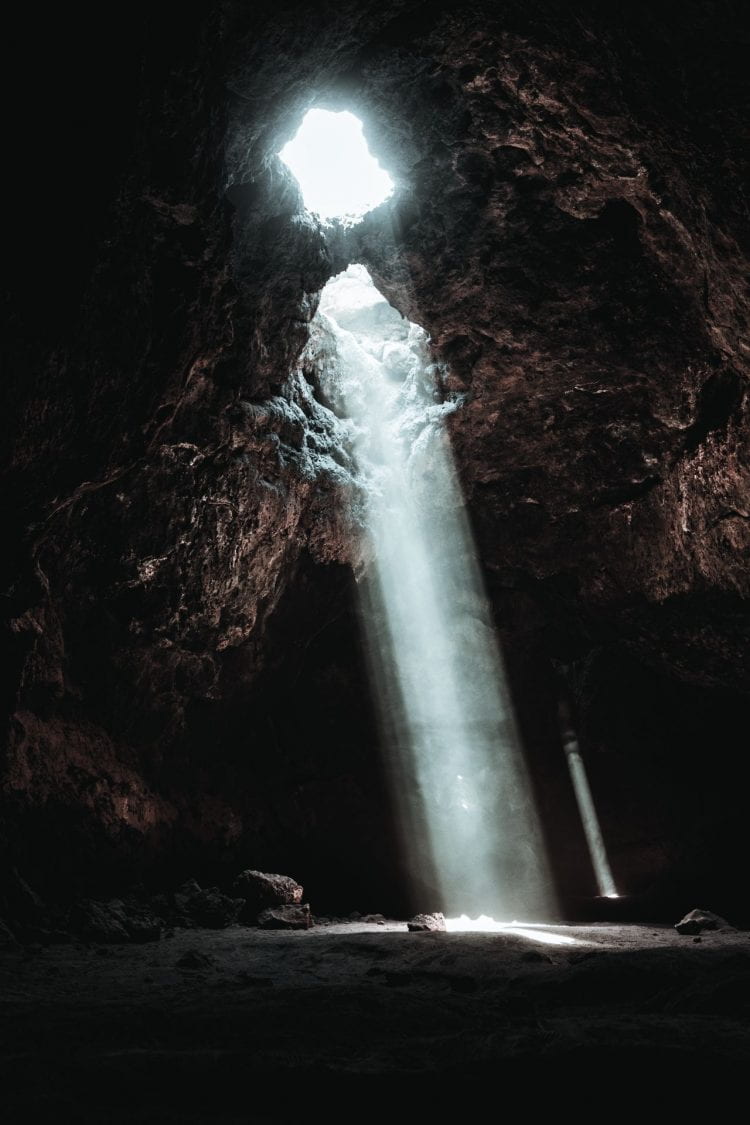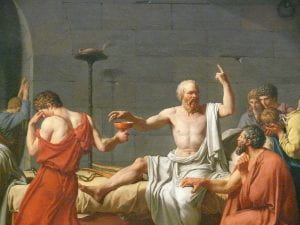Might May 11 mark a new path forward? For the past several years society has seemingly carried the Sisyphean rock, Covid. The date marks the official close of “Emergency Declarations” in the United States. In effect, this is the end of both the COVID-19 national emergency and the COVID-19 public health emergency.
Emergency, emergency, emergency.
We need not continue to live and learn in such a state.
And this is something to certainly celebrate.
Immersed in Crumbling Models
The month of May bears witness to other forms of celebration, with commencements across the nation and abroad. Speeches will soon be scribed and just how many center on the power and importance of transition is left to be determined. Few, however, likely will focus on the importance of humor. In a world quickly becoming more conscious of the crumbling models all around us. Political, economic, religious, economic, even educational model! Resiliency will increasingly be more important. A component of such resiliency is humor.
You may ask yourself, how many times did I laugh today? If you are able to take this inventory, whether 3 or even 17 times, then a more apt answer probably is, “not enough!” Carol Whipple published University of Kentucky Cooperative Extension published how on average, a child laughs 300 times a day while an adult laughs only 17 times a day. In “Big Think,” a multimedia web portal which “challenges common sense assumptions and gives people permission to think in new ways,” Matt Davis contributed an article titled, “Why a good sense of humor is an essential life skill.” Davis indicates how research has shown that humor can improve the physical immune system as well as cardiovascular health. “Aside from improving your health, laughter can also lead to greater creativity and productivity as well.”
So, if we know laughing is good for us, then why are we not doing it more?
Probably for the same reasons that few philosophers ever have given laughter much thought. Nigel Warburton summed it up well when he wrote, “Thomas Hobbes and René Descartes, who believed that we laugh because we feel superior; Immanuel Kant and Arthur Schopenhauer who argued that comedy stems from a sense of incongruity…”
Thriving as Opposed to Surviving
We seem to be enmeshed in seriousness. In the field of education, administrators concentrated on whatever “fires” need putting out. Educators focused on curriculum coverage and lesson plans, and hopefully student well being. Students often with centered attention on grades. And all too common, parents operating from a narrowly defined notion of what success looks like for their child. Everyone all the while, seemingly playing the part of pawn. Fixated on the tree before them and not the glorious forest. Or, in a world of Covid, simply surviving.
Yet, we are on the precipices of thriving. It is right within grasp. A ripe fruit ready for the picking.
It is refreshing to see how momentum is being gained as we transition away from knowledge and into competency. America Succeeds, a 501(c)(3) nonprofit is committed to improving equity, access, and opportunity in education. To do this, their focus is upon Durable Skills, a combination of how you use what you know along with character skills. Yet, I am hopeful they may begin to consider the role humor will play in the days to come because nowhere listed in the 36-page Durable Skills report, does humor appear. Ultimately laughter is essential to success but also especially necessary as “function” dissolves the archaic “forms” in which we have been living. Victor Frankl alluded to humor when he wrote in Man’s Search for Meaning (1946), “another of the soul’s weapons in the fight for self-preservation.” Author and educator May Kay Morrison asserts to the power of humor, even coining a term she calls, “humergy.” Humergy as she defines it, is the energy that emerges from joy and optimism of our inner spirit.
A sense of humor is an essential life skill. Brain research backs the power but also importance of humor. Laughter is surely within each of us, yet simply may require a bit more space and time to express. As May 11 marks the terminus of Covid and the end of a state of emergency, let us step forward with even greater joy, lightness, and laughter.
| TRY IT YOURSELF: Jim Paterson shares these few ideas for how you might attempt to use humor.
Get back to work. A bit of humor gets attention and provides a break, but teachers should have it relate to the work somehow, should keep it brief (even if they let students participate) and have a path back to more serious information and a method to bring their students along. A simple surprise. Just having on an odd hat or projecting a cartoon at the start of a class can get students energized. A simple surprise is also a way that a teacher who doesn’t think they are funny can easily bring some lightheartedness to the classroom. Let them at it. Have time when students can tell a joke (with guidance about the humor being appropriate) and you will find that even the most introverted ones might be willing to participate. Give them a chance to write about a funny incident. Game time. Give students a quiz with the right answers mixed in with outlandish wrong ones. Have a game show where the answers are on topic, but the game is humorous and fun. |
##############################




